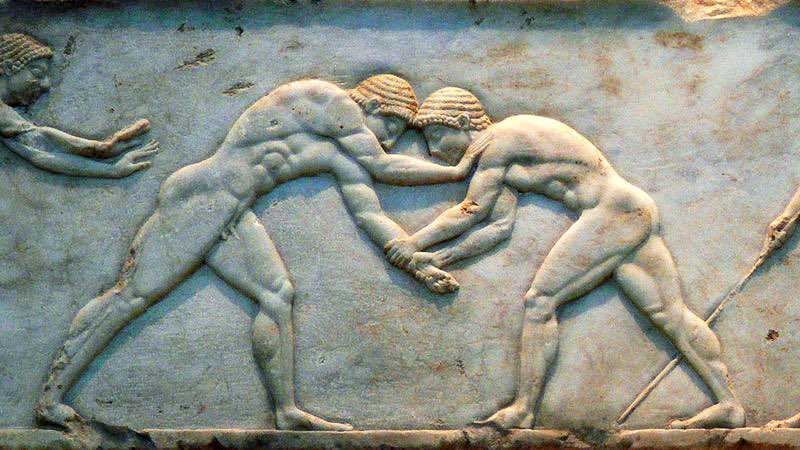Medieval man's fascination with death is often framed as a product of the Black Plague, but it went much deeper.
Instead of a symptom of being surrounded by death, it was born out of a surfeit of life; an excess of vitality.
Instead of a symptom of being surrounded by death, it was born out of a surfeit of life; an excess of vitality.

Among knights especially, mere life was seen as wasted.
A man of any worth would pursue hardship, battle...
Impossible love, honorable death.
A man of any worth would pursue hardship, battle...
Impossible love, honorable death.

We usually ascribe this more to the Japanese because it is outlined more directly in the Hagakure, but chivalric norms were just as obsessed with the fleeting nature of everything in life.
And they were just as focused on death as a necessary part of life.
And they were just as focused on death as a necessary part of life.

A good death was the capstone to a good life.
Geoffroi de Charny — who quite literally wrote the book on chivalry — was fulfilled only in his dying moments on the field at Poitiers.
That was not mere life, but a life well-used.
Geoffroi de Charny — who quite literally wrote the book on chivalry — was fulfilled only in his dying moments on the field at Poitiers.
That was not mere life, but a life well-used.

To medieval people of all strata, life was not meant only to propagate itself, but to be *used* to some beneficial end — either by God directly, or by oneself to further some objective or legacy in service to Him.








There is much to be learned from this.
Life is not something that merely happens, but something that is *given*, with the expectation of honorable and good use.
Life is not something that merely happens, but something that is *given*, with the expectation of honorable and good use.

And to the knightly caste, there was nothing more honorable than dying atop one's horse, overwhelmed by the enemy in the throes of combat.
The reason for the battle didn't matter, but good conduct in it did; that in itself was an honorable and good use of one's life.
The reason for the battle didn't matter, but good conduct in it did; that in itself was an honorable and good use of one's life.

• • •
Missing some Tweet in this thread? You can try to
force a refresh








